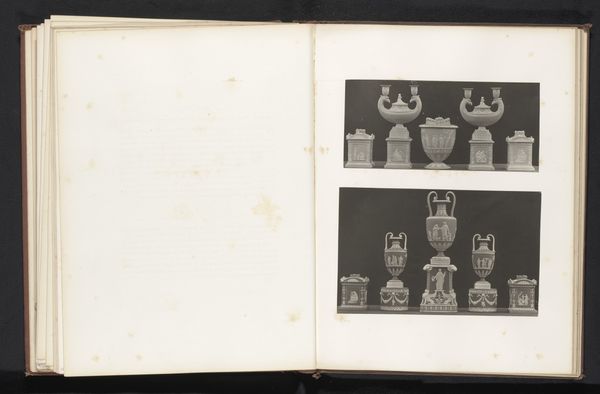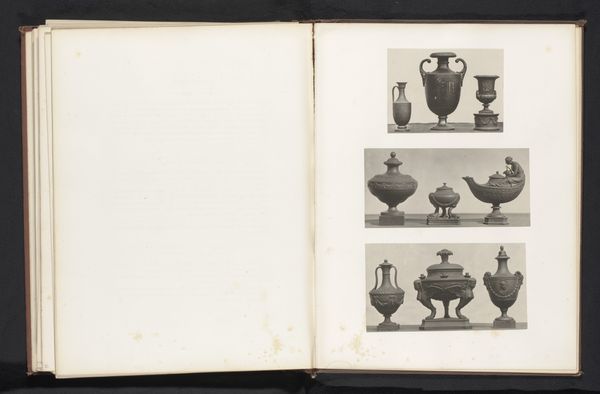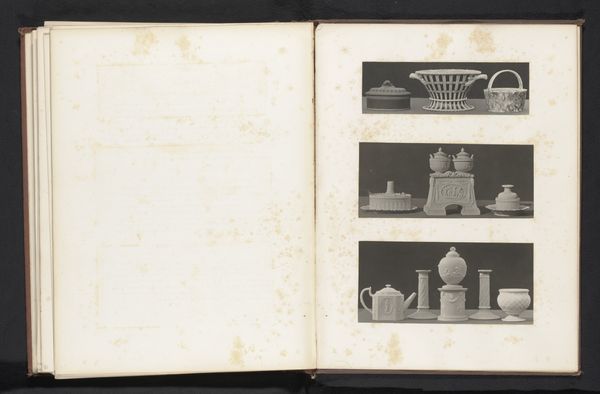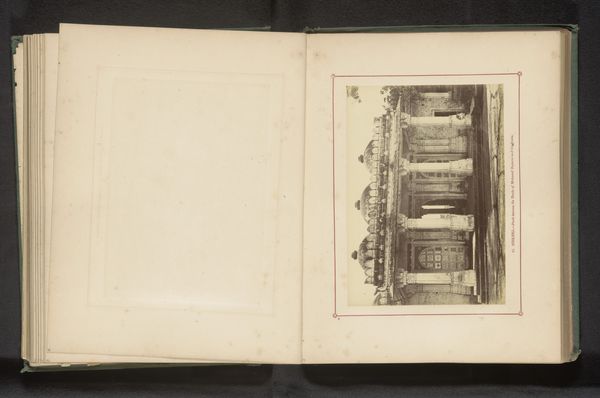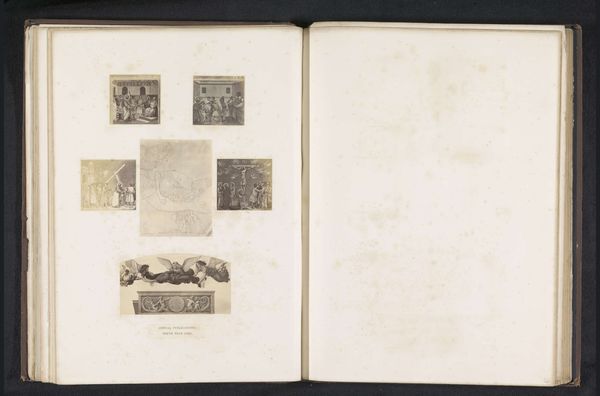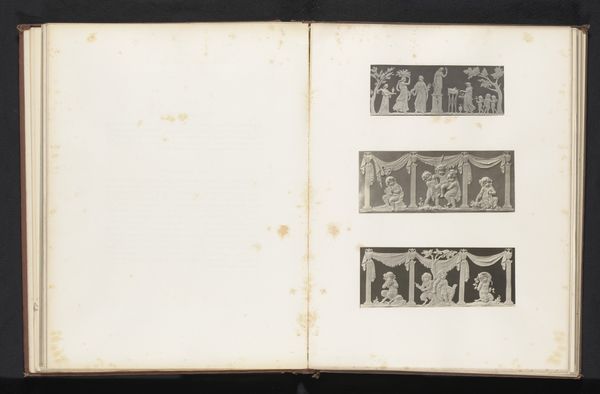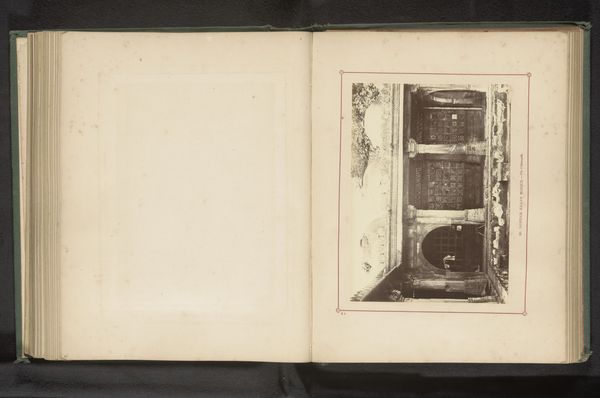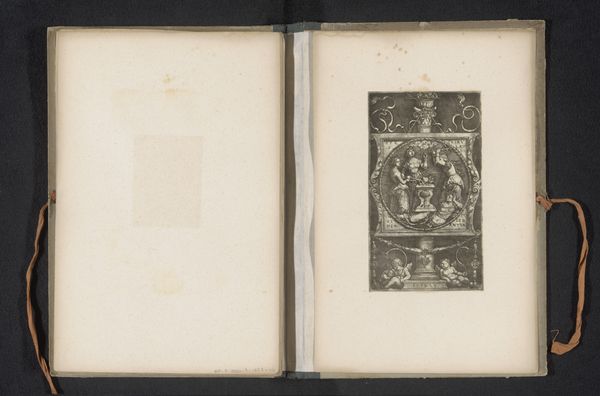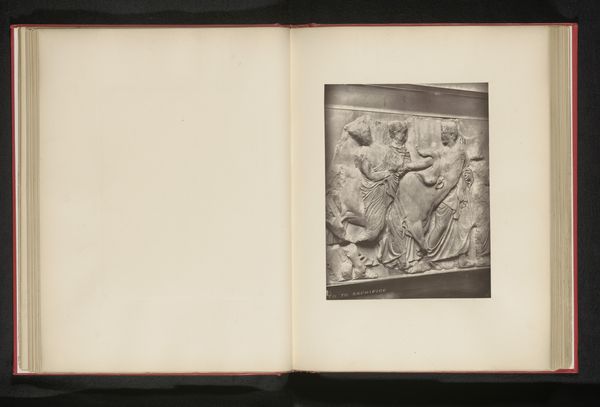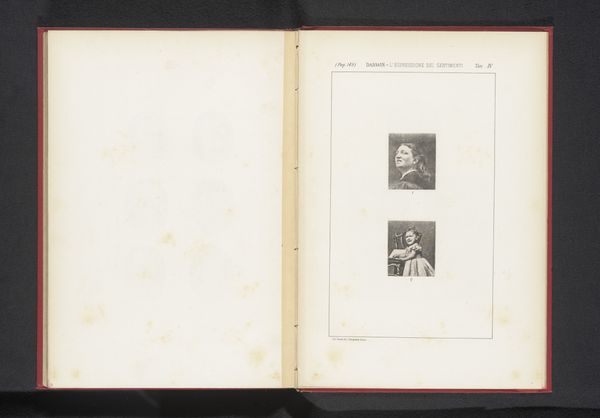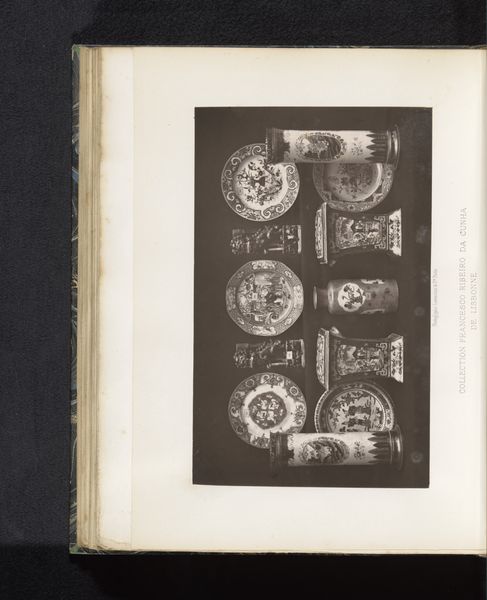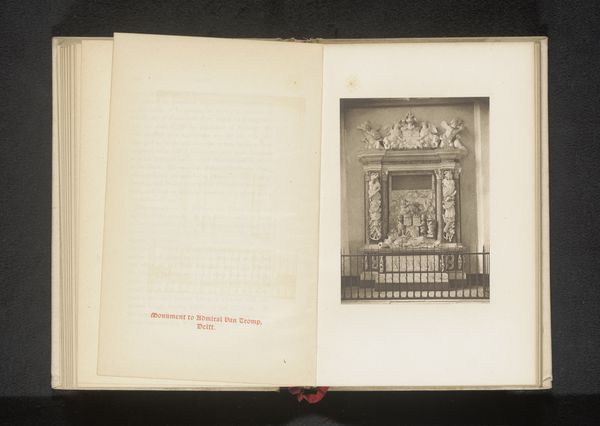
Wierookhouder, fruitmand, potten en vazen met figuren van Cupido, de Dancing hours en sfinxen before 1873
0:00
0:00
drawing, print, photography
#
drawing
# print
#
vase
#
figuration
#
photography
#
personal sketchbook
#
cupid
Dimensions: height 361 mm, width 270 mm
Copyright: Rijks Museum: Open Domain
Editor: So, this fascinating image is a page from what looks like a personal sketchbook, titled "Wierookhouder, fruitmand, potten en vazen met figuren van Cupido, de Dancing hours en sfinxen," created before 1873 by Joseph Cundall. It seems to be a photographic print depicting various ornate vessels. The cupids and sphinxes give the composition a somewhat theatrical aura. What stands out to you in this piece? Curator: The enduring power of these classical symbols is undeniable. We see Cupid, a timeless embodiment of love, and the sphinx, guarding secrets of the past. But what does their arrangement here signify? Consider the placement – they adorn vessels, objects meant to contain and preserve. Are these merely decorative elements, or are they hinting at something deeper? Editor: That’s a great question! The act of containing an image transforms its meaning, doesn't it? Do you think these particular images - Cupids and sphinxes - carried different weight back then than they do for a contemporary audience? Curator: Absolutely. For a 19th-century viewer, steeped in classical education, these weren’t just pretty images. The cupid may suggest romantic love and familial duty. The Sphinx can evoke questions about wisdom, or riddles of fate. Think about the cultural context. Photography was still relatively new; the act of meticulously documenting these objects elevates their importance. Why these particular objects? What statement is Cundall making by preserving these representations? Editor: It almost feels like a personal archive of cultural memory, but distilled into these very specific figures and forms. Curator: Precisely! Cundall seems to be inviting us to contemplate how cultures communicate and sustain their core ideas through a careful deployment of symbolism. What began as pure artistic expression transforms into a lens through which the visual becomes the symbolic. Editor: Well, I will definitely keep my eye out for repeating motifs throughout the exhibition and their potential psychological undertones!
Comments
No comments
Be the first to comment and join the conversation on the ultimate creative platform.
